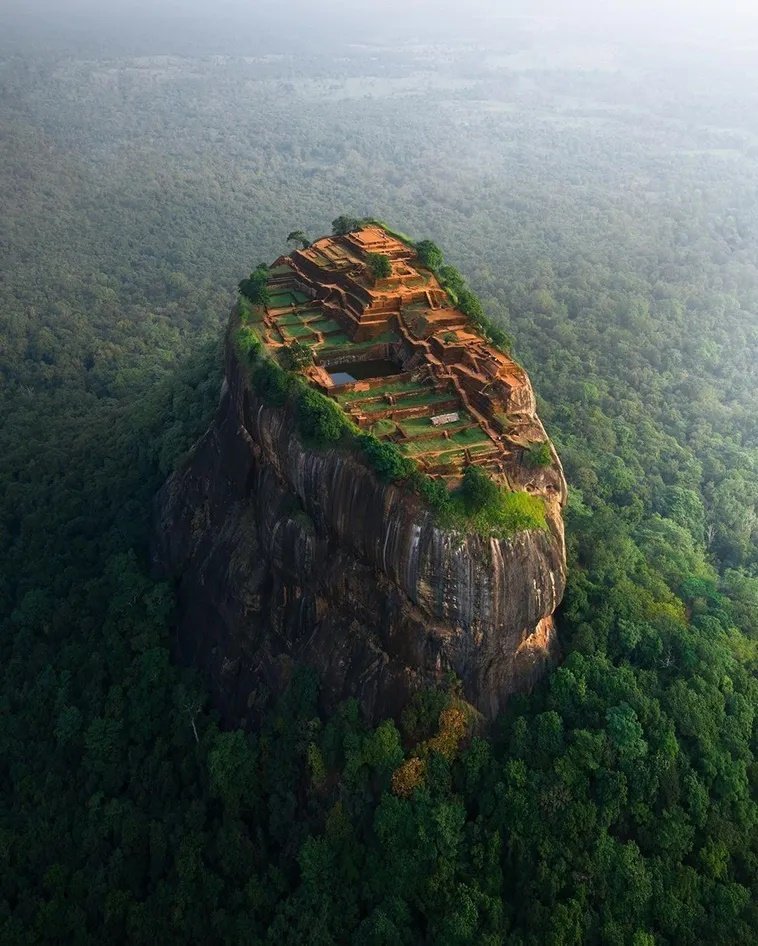The Bronze Age Collapse, often referred to as the Late Bronze Age Collapse, is one of the most intriguing and debated periods in ancient history. Taking place around 1200 BCE, this catastrophic event saw the near-simultaneous decline and eventual fall of major advanced civilizations in the Eastern Mediterranean, including the Mycenaeans of Greece, the Hittites of Anatolia, and the New Kingdom of Egypt. The aftermath led to a 'dark age,' a period marked by societal regression, loss of literacy, and drastic cultural changes.
Chronology and Affected Regions
Timeframe: The collapse spanned roughly from 1200 BCE to 1150 BCE, although its effects lingered for centuries.
Regions Impacted: Major affected regions include the Aegean, Anatolia, the Levant, the Caucasus, and parts of the Eastern Mediterranean coast.
Signs of the Collapse
1. “Destruction of Cities”: Many significant urban centers, such as Hattusa, Mycenae, and Ugarit, experienced widespread destruction. Some were abandoned entirely, while others saw reduced complexity in subsequent settlements.
2. Loss of Literacy: The art of writing, especially in regions like Greece, was largely lost, not to be revived until several centuries later.
3. Societal Regression: There was a noticeable decline in intricate arts, architecture, and large-scale construction. Societies reverted to simpler forms of living, often in smaller community structures.
4. Economic Decline: Trade routes, which had once connected different parts of the Eastern Mediterranean, were disrupted. This led to economic downturns, a decline in craft industries, and, in some cases, famine.
Possible Causes
The Bronze Age Collapse is still a subject of much debate, and its causes are likely multifaceted. Some theories include:
1. Natural Disasters: Earthquakes, droughts, or other climate changes might have played a role. There's evidence suggesting prolonged droughts in certain regions, which could have led to food shortages.
2. Invasions and Warfare: The enigmatic "Sea Peoples" are often cited as a significant cause. Egyptian records mention these mysterious raiders attacking coastal cities, but their origins and exact role in the collapse remain uncertain.
3. Economic Factors: The interdependent nature of the trade networks meant that disruption in one region could lead to a domino effect, destabilizing economies in interconnected areas.
4. Sociopolitical Factors: Internal strife, political instability, or societal unrest might have weakened some states, making them more vulnerable to external threats.
5. Technological Advancements: The shift from bronze to iron could have had economic and military implications. While this transition was more gradual, the emergence of iron tools and weapons could have provided certain groups with an advantage.
Aftermath and Legacy
The Bronze Age collapse led to a power vacuum in several regions:
1. “The Rise of New Civilizations”: In the vacuum left by fallen empires, new civilizations eventually emerged. The Archaic Period in Greece laid the foundation for classical Greece. Similarly, in the Levant, the Phoenicians rose as dominant seafarers and traders.
2. Cultural Transmission: While many aspects of the Bronze Age civilizations declined or were lost, some were absorbed and transmitted by surviving or emerging societies.
The Bronze Age collapse stands as a stark reminder of the vulnerabilities of even the most advanced and interconnected societies. While its exact causes may never be fully known, the lessons it imparts about adaptability, resilience, and the cyclical nature of civilizations are timeless. As researchers continue to piece together this ancient puzzle, the period serves as a rich field of study about societal dynamics, transformations, and the ever-evolving course of human history.


















